USNI News polled its writers, naval analysts and service members on what they consider the most important military and maritime stories in 2016.
Chinese Confirm First Domestic Carrier
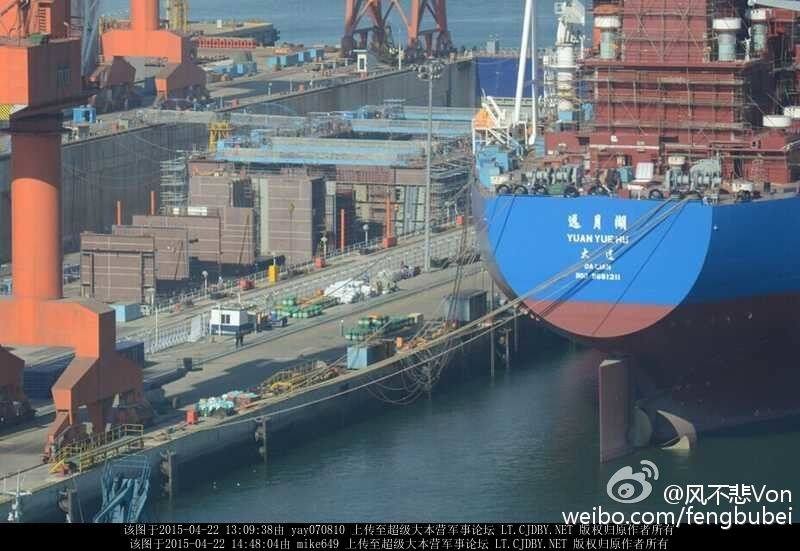
Officials in Beijing confirmed on Dec. 31, 2015, that a mysterious construction at Dalian shipyard was China’s first domestic aircraft carrier, the Type 001A.
Press outlets, including USNI News, reported in 2015 that the project at the shipyard was a new carrier but official confirmation gave shape to Chinese intentions for the hull.
“After taking into account a range of factors, the relevant authorities launched work on developing a second aircraft carrier, and we are now undertaking our own indigenous design and construction,” he said, according to a translation of a Chinese language transcript of the Dec. 31 press conference.
“We have a long coastline and a broad maritime jurisdiction. … Defending national maritime security, and safeguarding sovereignty over territorial seas and over maritime rights and interests, are sacred duties of China’s armed forces.”
China has been inconsistent for its strategy behind its carrier force, with much of the information implied from analyst interpretations.
“For the past several years, analysts have believed that China plans for a force of around four full-sized aircraft carriers — including the active Liaoning,” Eric Wertheim author of U.S. Naval Institute’s Combat Fleets of the World told USNI News on in January.
“If the hull now under construction does in fact turn out to be a new Chinese aircraft carrier being built at Dalian shipyard, it confirms the PLAN’s commitment to carrier based naval aviation and illustrates their growing desire for more power projection capabilities.”
More Details Emerge of Saudi Frigate Design
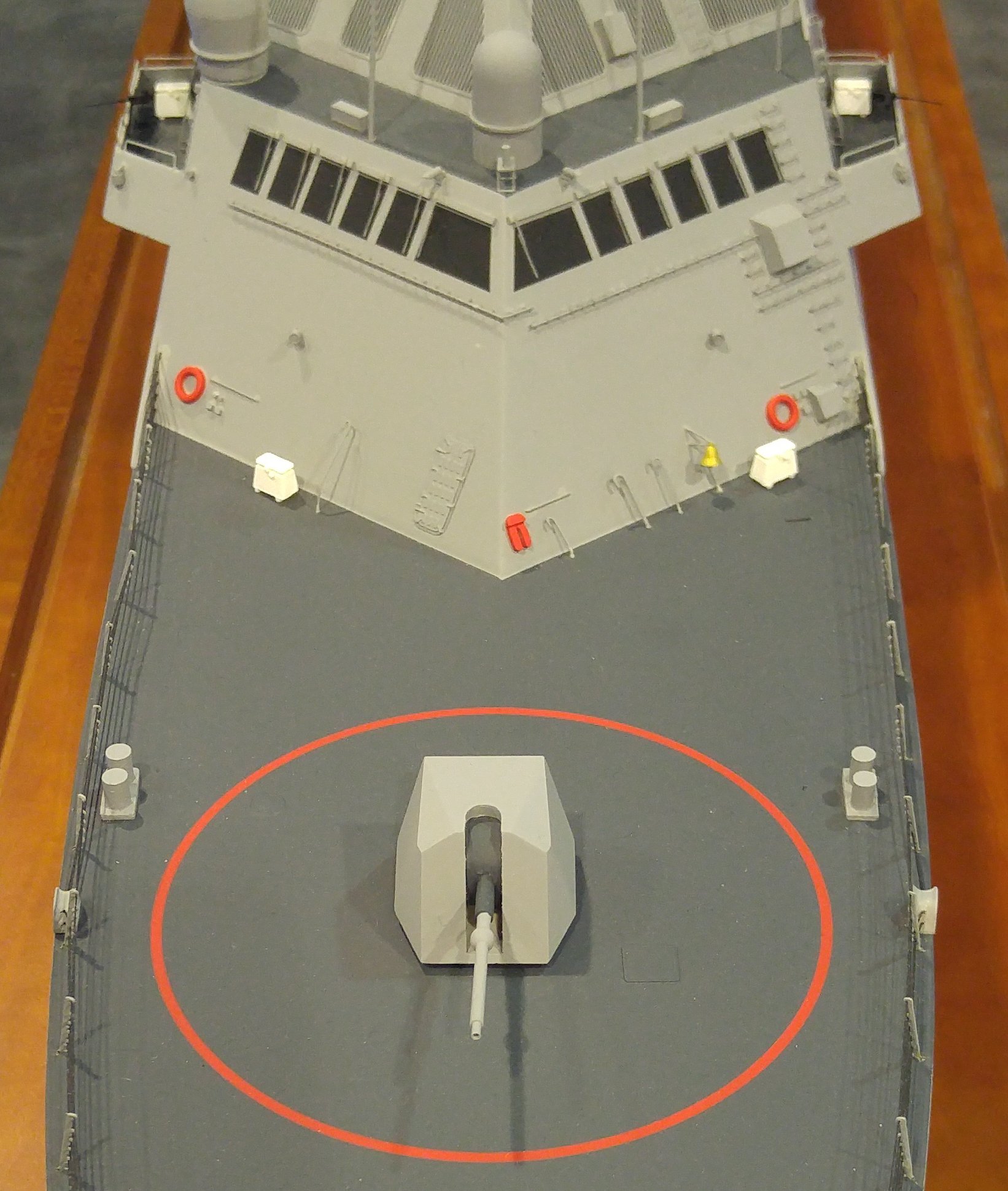
The backbone of Saudi Arabia’s fleet new eastern fleet will be a guided-missile frigate based on Lockheed Martin’s Freedom-class Littoral Combat Ship design.
In May, additional details of the ship emerged showing the ship would be a departure from the initial LCS configuration.
“The frigate will be built around a 16 Mk 41 vertical launch cells capable of fielding the Raytheon Enhanced SeaSparrow Missiles (ESSM) or Raytheon [Standard Missile]-2 and an Airbus TRS-4D active electronically scanned array (AESA) air search radar suite,” according to a model of Lockheed Martin’s international multi-mission surface combatant at the company’s booth at the Navy League’s Sea-Air-Space Exposition 2016.
The configuration offered to the Saudis was similar to the model seen by USNI News, industry officials told USNI News.
The four frigates will be the center of the $20-billion fleet refresh.
France Wins Australian Submarine Contract
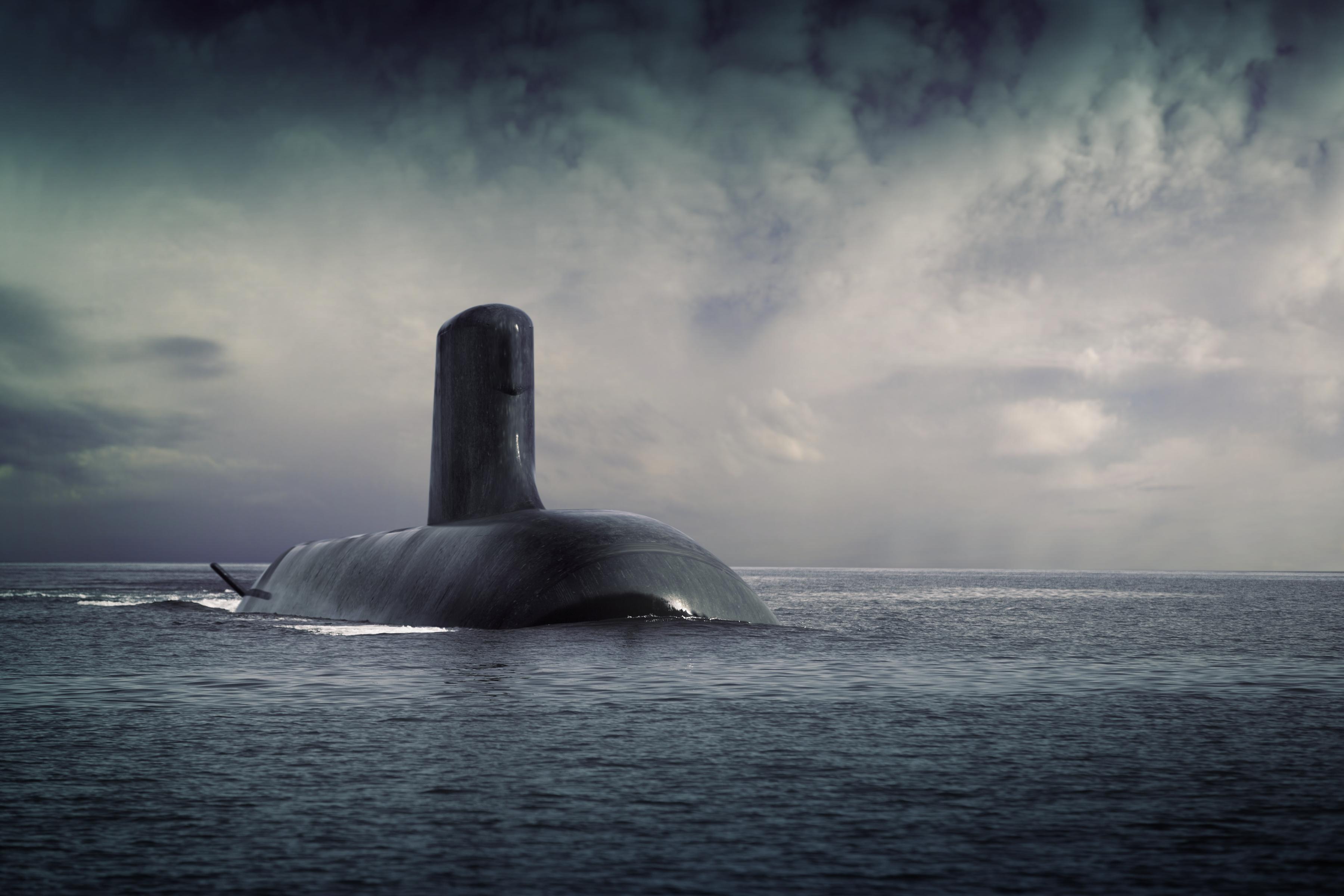
The Australian Department of Defence picked the French Shortfin Barracuda Block 1A diesel-electric submarine (SSK) to replace its fleet of six Collins-class boats in April.
The Barracuda from DCNS beat out offerings from Germany and Japan for the potential $38.5-billion program for a dozen attack boats.
“The DCNS Shortfin Barracuda Block 1A is a conventionally powered version of France’s Barracuda nuclear-powered attack submarine,” reported USNI News.
“This variant will be ‘over 90 meters in length and displaces more than 4,000 tons when dived’ said Sean Costello, DCNS Australia’s Chief Executive Officer. The French bid had also pledged complete access to the latest stealth technologies utilized on board French submarines.”
A few weeks after the contract award, news broke that 22,000 pages of secret documents of DCNS Scorpene-class attack boat leaked, raising fears in Australia that secret details of the new boats could also be compromised.
South Korea Adding BMD to Destroyers
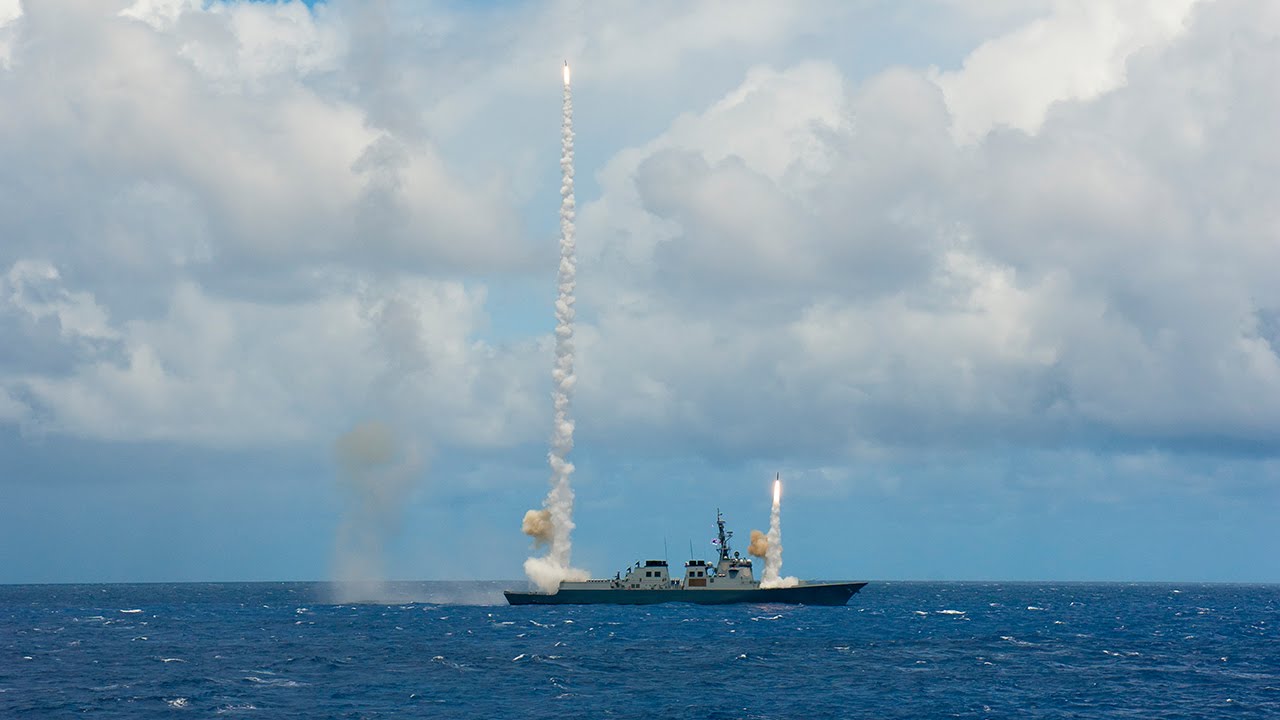
South Korea’s new trio of guided-missile destroyers will be capable of providing South Korea ballistic missile defense capabilities, USNI News reported in September.
“The destroyers will be fitted with the U.S. Navy’s Baseline 9 version of the Aegis Combat System that combines modern computing architecture to allow the ship’s AN/SPY-1D(v) radar to detect and track aircraft, cruise missiles and ballistic missiles at the same time,” wrote USNI News.
The move comes as North Korea has steadily improved its ballistic missile capability and U.S. officials have expressed concern Pyongyang could already have a miniaturized nuclear warhead.
U.S. officials have called for closer military cooperation between Japan beyond a 2014 information sharing agreement.
“A recent trilateral BMD exercise and planned technical improvements to the Republic of Korea Navy and the Japanese Maritime Self Defense Force point to the creation of a future linked BMD network between existing U.S. and Japanese Aegis BMD ships and Korean guided missile destroyers,” wrote USNI News in November.
Norway, Australia, U.K. Progress in Purchases of U.S. P-8As
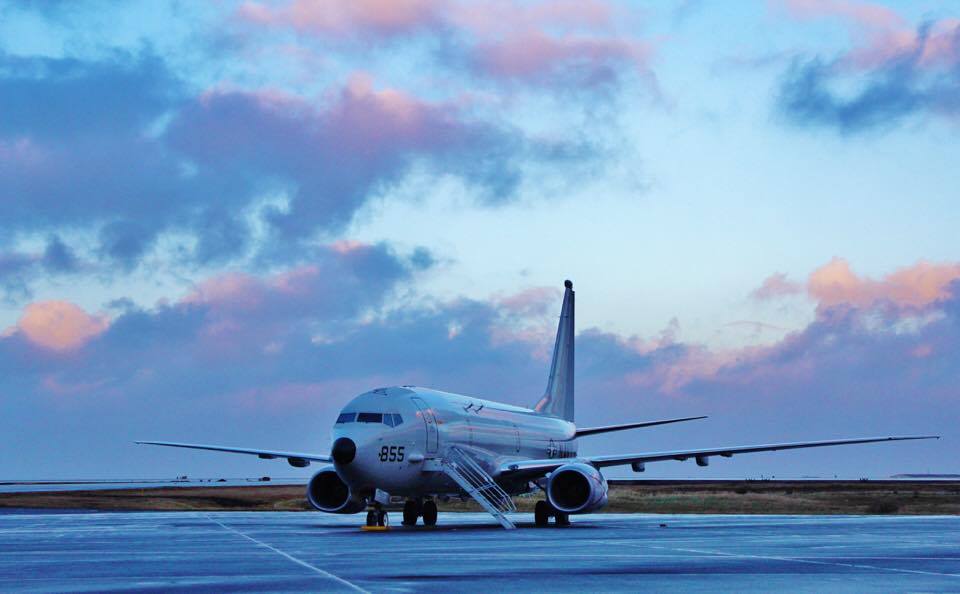
U.S. allies Norway, Australia and the U.K. took steps to refresh their maritime domain awareness fleets with buys of Boeing P-8A Poseidons.
In January, Australia finalized a deal for four Lot III P-8s – as part of a 20-aircraft $2.46-billion buy with the U.S. – to replace the Royal Australian Air Force’s AP-3C maritime surveillance aircraft. In 2015, Australia finalized a deal for its first four P-8s as part of a planned buy of nine aircraft.
In August, the Navy awarded Boeing a contract for long lead material for the U.K.’s first two Poseidons.
“The aircraft will be likely based in Lossiemouth in Scotland and replace the retired Nimrod MR2 maritime surveillance aircraft and the cancellation of the MR4A follow-on program,” wrote USNI News
“The [Foreign Military Sales] case is part of a larger $270 billion U.K. defense plan that was rolled out in November.”
In November, Norway announced its intention to purchase five of the 737-derived P-8As to replace its six P-3 Orion and three DA-20 Jet Falcon surveillance planes as part of a planned $1.15-billion deal.
“Norway’s long coastline includes the North Sea, Norwegian Sea and Barents Sea, with territorial waters being about seven times larger than the actual land area of the country,” according to the statement from Norwegian officials on the planned purchase.
New Russian Frigate Delivers, India Wants to Buy Three
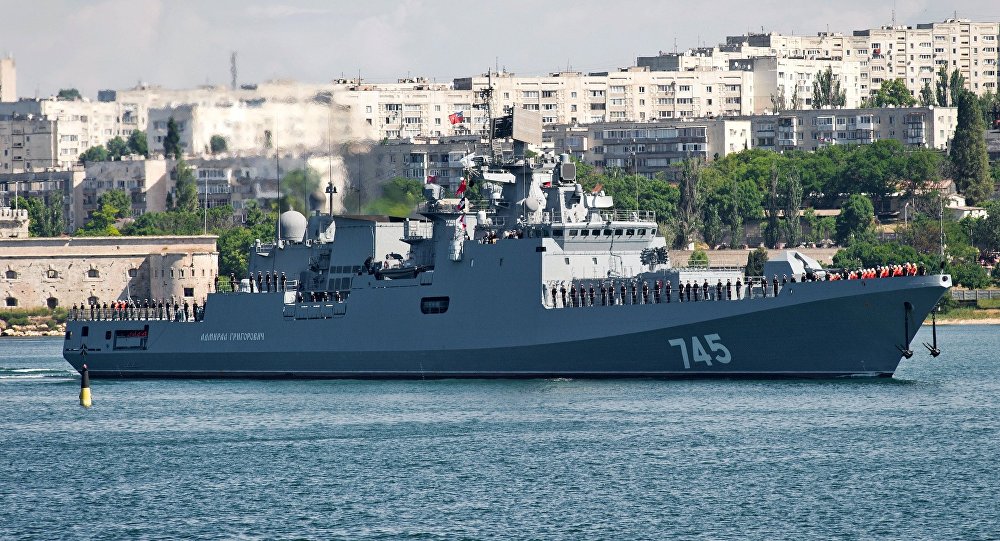
The Russian Navy in June delivered its first new frigate to the Black Sea fleet in more than 30 years.
The Project 11356-class Admiral Grigorovich arrived in the Russian Navy base in Sevastopol in Crimea as part of a $2.43-billion expansion announced in 2014.
“This shows that Russia’s plans to modernize its naval forces are starting to pay dividends,” Eric Wertheim, naval analyst and author of U.S. Naval Institute’s Combat Fleets of the World, told USNI News.
“This also helps their forces to achieve a better balance among their fleets and to project power where needed.”
Late in 2016, Admiral Grigorovich deployed to the Eastern Mediterranean with the Admiral Kuznetsov carrier strike group.
However, the Russians ran into complications for their Black Sea refresh. Faced with limited maritime gas turbine engines following an embargo from Ukraine, Russia elected to sell off the last half of the class.
In August reports emerged that India would purchase three of the six planned frigates for the Black Sea.
“The 4,000-ton multi-mission frigates are based on the Talwar-class frigates that Russia built for the Indian Navy between 2000 and 2013. In addition to the BrahMos missiles, the frigates are armed with the Russian Kalibir NK long range land attack cruise missiles,” wrote USNI News.





